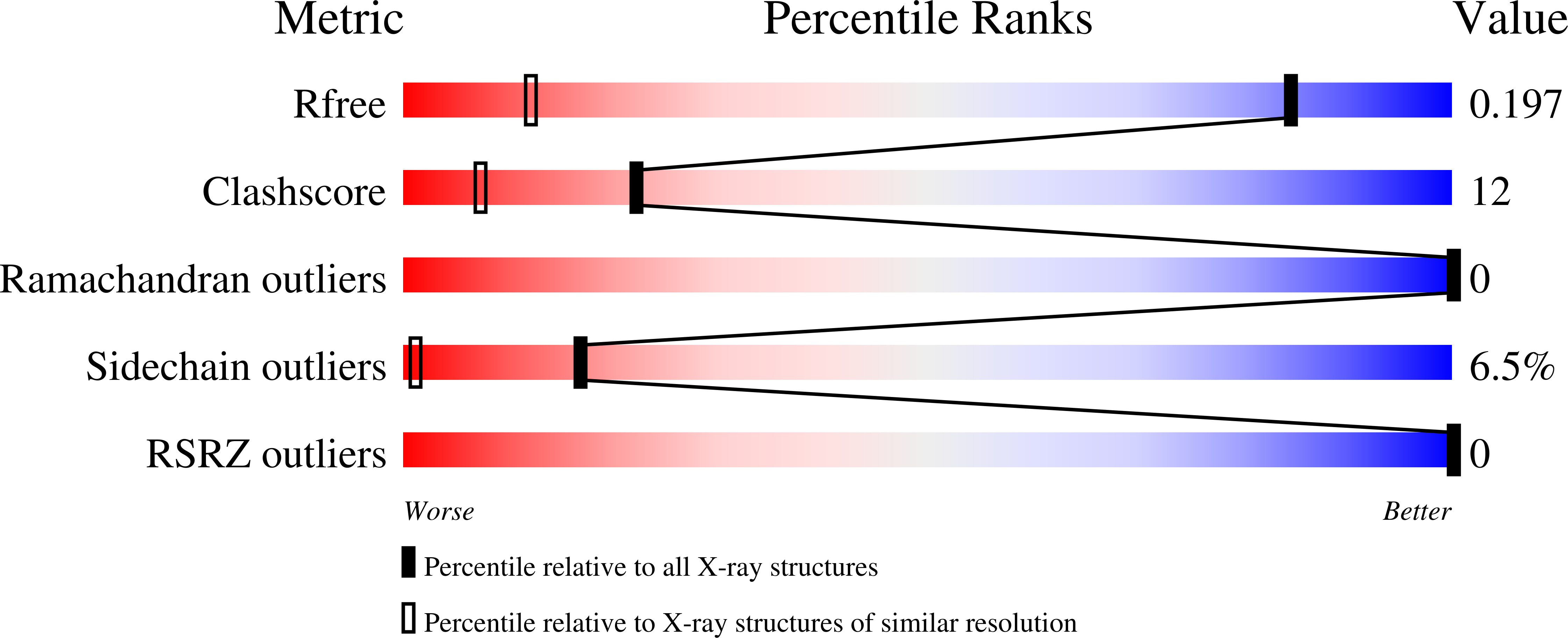
Deposition Date
2006-03-28
Release Date
2006-04-25
Last Version Date
2024-02-14
Entry Detail
PDB ID:
2GI9
Keywords:
Title:
Backbone Conformational Constraints in a Microcrystalline U-15N-Labeled Protein by 3D Dipolar-Shift Solid-State NMR Spectroscopy
Biological Source:
Source Organism:
Staphylococcus aureus (Taxon ID: 1280)
Host Organism:
Method Details:
Experimental Method:
Resolution:
1.14 Å
R-Value Free:
0.18
R-Value Observed:
0.16
Space Group:
P 21 21 21


